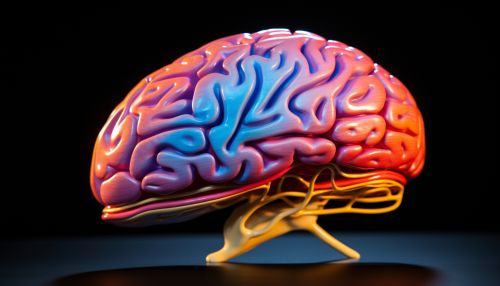Parietal Lobe
Anatomy and Function
The human brain is divided into four main sections known as lobes: the frontal lobe, the temporal lobe, the occipital lobe, and the parietal lobe. The parietal lobe is positioned at the upper back part of the brain, behind the frontal and temporal lobes, and above the occipital lobe. It is responsible for processing sensory information from various parts of the body, with particular emphasis on spatial sense and navigation.


The parietal lobe is divided into two main functional regions: the somatosensory cortex and the posterior parietal cortex. The somatosensory cortex is located at the front of the parietal lobe, adjacent to the central sulcus, and is responsible for processing sensory information from the body. This includes touch, temperature, and pain sensations, as well as proprioception, which is the awareness of the body's position in space.
The posterior parietal cortex, located at the back of the parietal lobe, is involved in integrating sensory information from various modalities to form a coherent, spatially oriented representation of the world. This region is also involved in attention and motor planning.
Neuroanatomy
The parietal lobe is bounded anteriorly by the central sulcus, which separates it from the frontal lobe, and posteriorly by the parieto-occipital sulcus, which separates it from the occipital lobe. Inferiorly, it is separated from the temporal lobe by the lateral sulcus.
The parietal lobe is divided into two hemispheres: the left hemisphere, which is associated with language and mathematical operations, and the right hemisphere, which is involved in spatial attention and visual perception.
The parietal lobe contains several important anatomical landmarks, including the postcentral gyrus, the superior and inferior parietal lobules, and the intraparietal sulcus. The postcentral gyrus is the primary site of the somatosensory cortex, while the superior and inferior parietal lobules and the intraparietal sulcus are part of the posterior parietal cortex.
Clinical Significance
Damage to the parietal lobe can result in a variety of neurological and cognitive disorders. These include somatosensory disorders, which are characterized by impairments in the perception of touch, temperature, and body position, and spatial neglect, a condition in which individuals fail to attend or respond to stimuli on the opposite side of space to the lesion.
Other disorders associated with parietal lobe damage include Gerstmann's syndrome, which is characterized by difficulties in writing (agraphia), difficulties in distinguishing left from right, confusion in arithmetic (acalculia), and finger agnosia, and Balint's syndrome, which is characterized by an inability to voluntarily direct gaze (ocular apraxia), an inability to integrate components of a visual scene (simultanagnosia), and an inability to accurately reach for an object with visual guidance (optic ataxia).
